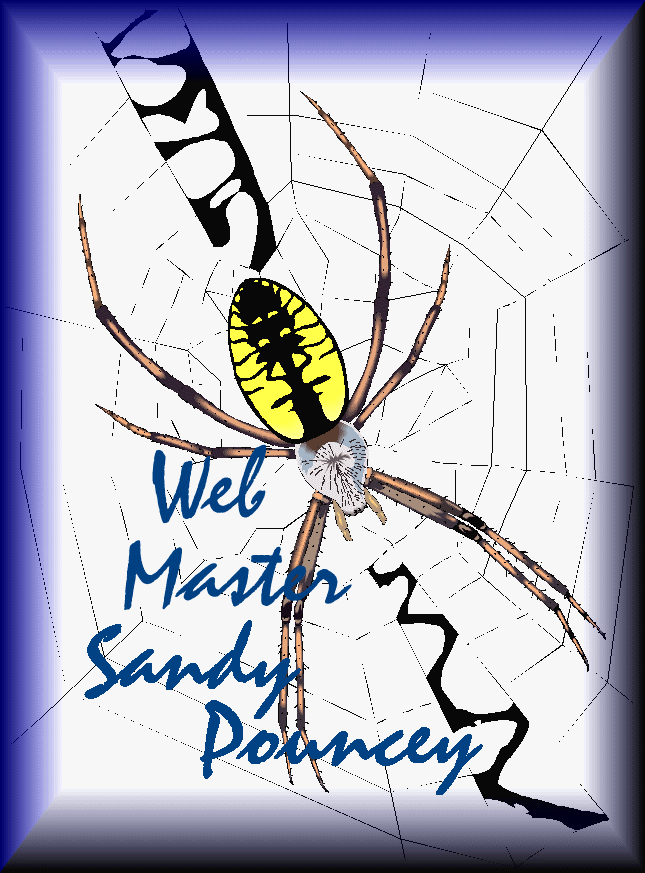Whitelined Sphinx
Hyles lineata (F.) (Sphingidae)
L.L. Hyche, Associate Professor
Department of Entomology & Plant Pathology
Auburn University
11/2001
This common sphinx is widely distributed throughout
the United States and into Canada. The caterpillar (Photo
1) is a general feeder. It is most often found on weeds and herbaceous plants,
but is reported to feed on grapes and apple. In Alabama, late-stage larvae have
been observed feeding on oak and blackgum seedlings in the forest nursery.
Life Cycle, Description, and Habits
The whitelined sphinx
overwinters as a pupa in the soil. Adults emerge in spring; reportedly as early
as February/March in southern most areas, but likely April/May in Alabama. Moths
(Photo
2) are mostly large but vary considerable in size - wingspan 55-90 mm. Front
wings are dark brown, each with a pale tan to cream stripe from base to apex;
stripe is crossed with white lines at the veins. Hind wings are dark brown to
black, each with a pink median band. The thorax is dark brown with tan stripes;
the abdomen is lighter with subdorsal tan lines bordered laterally with alternating
black and white spots. Moths fly at dusk and at night primarily, but sometimes
in late daylight hours. Females are prolific egg-layers; larvae are numerous at
times and often move about in colonies as they feed.
The full-grown caterpillar (Photo
1) is approximately 80 mm long. Color is highly variable with light and
dark forms occurring. The dark form may be almost black. The common light form
(pictured) is yellow-green, with subdorsal dark lines down the back bordered
below by a series of eye-like spots. The head is green with white flecks; the
horn is yellow. Two broods are possible in Alabama, with caterpillars present
most commonly during May-September.
Occurrence, Damage, Importance
The whitelined sphinx is not normally considered
a tree insect; it is commonly found on various non-tree plants. However, the caterpillar
has been observed feeding on foliage of water oak, sawtooth oak, and blackgum
seedlings in an Alabama tree nursery. The infestation did not originate in the
nursery, but occurred by movement of late-stage larvae onto seedlings from nearby
weed-type plants. Feeding on the oaks was light; blackgum, however, suffered serious
loss of foliage.
For additional information  lhyche@acesag.auburn.edu
lhyche@acesag.auburn.edu

To Lacy L. Hyche |

To Web Publications |

To Main Page |
All photos courtesy of Lacy L. Hyche
Any comments on the design
of this page can be sent to the |

|
